
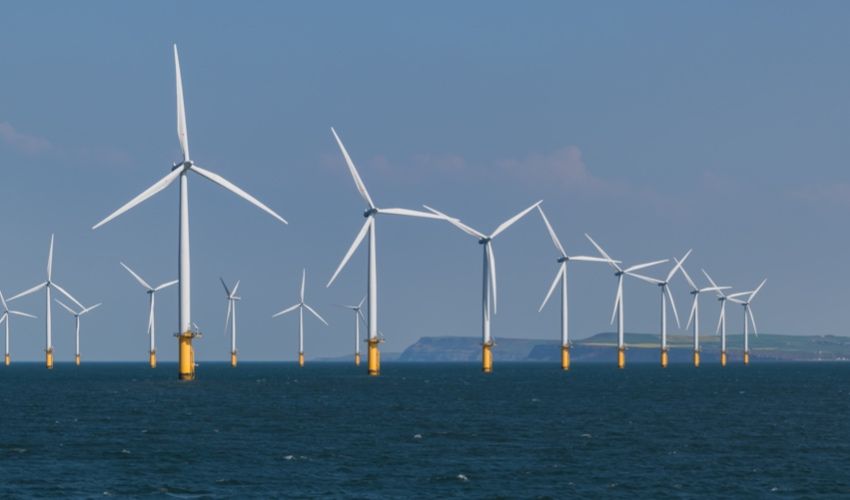

Jersey could be self-sufficient for energy within a decade if plans to build a large offshore wind farm to the west of the island are progressed.
For the first time, Jersey Electricity believe such a project could be economically and technologically viable.
The company say it is encouraged by the new Government’s backing, with Environment Minister Jonathan Renouf supporting calls for Jersey to develop renewable energy supplies.
The best site – a 300 sq-km strip about 10 miles west of the island, which runs from a line just north of Grosnez down to south of the Minquiers, at the boundary of Jersey’s territorial waters – has already been identified and included in the Bridging Island Plan.
JEC Chief Executive Chris Ambler said that large-scale offshore windfarms were more viable than harnessing tidal energy and should be the island’s main focus for developing renewable power.
Despite having a 12m tidal range – reportedly the third largest in the world – Jersey’s waters are not the best for tidal turbines, he said, nor was the technology as advanced or affordable as wind.
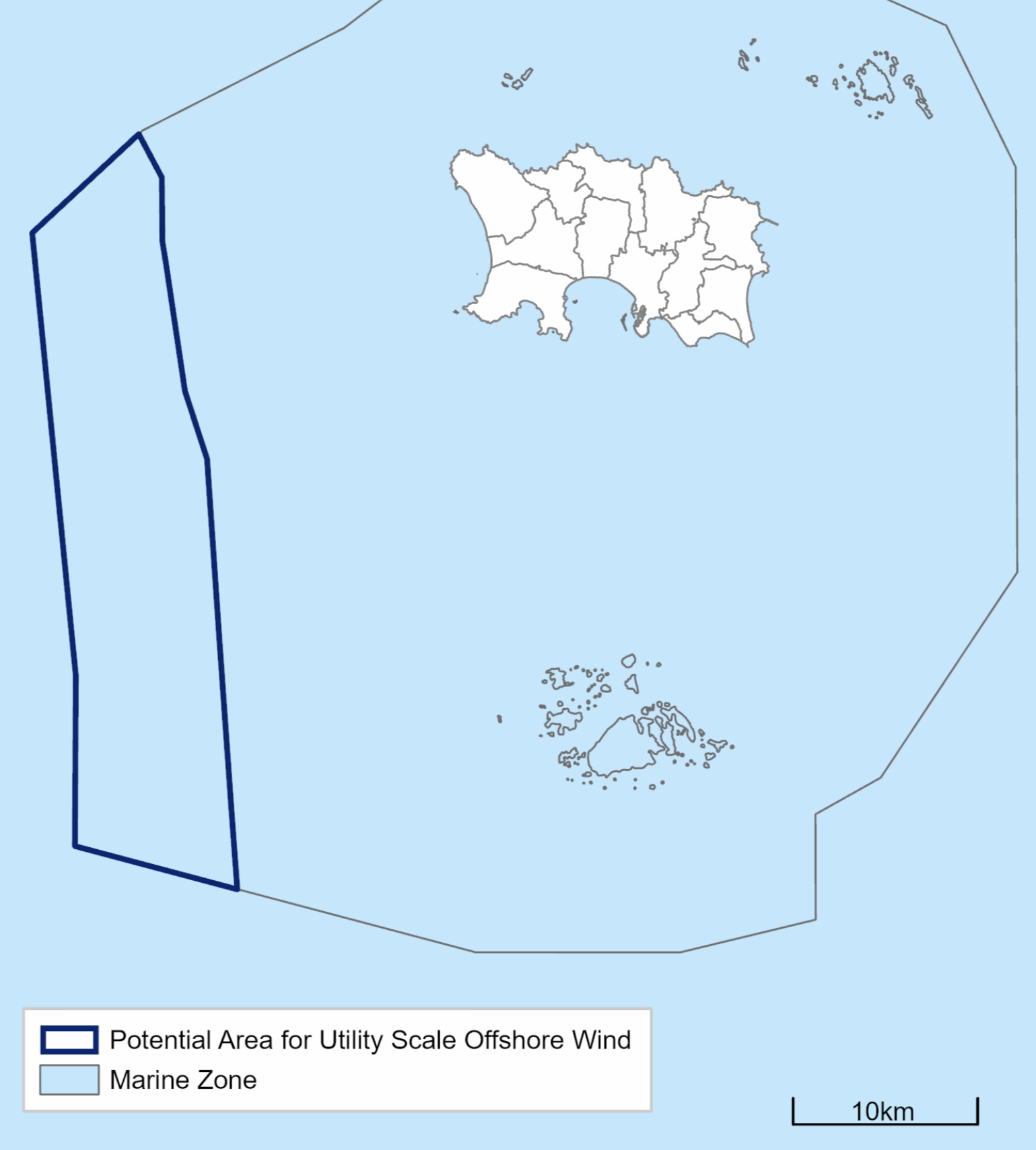
Pictured: The area west of Jersey identified in the Bridging Island Plan as the best site for a wind farm.
The area identified in the BIP, which if developed could satisfy over three times Jersey’s current annual electricity demand, butts up to French waters, close to where a 500-megawatt wind farm capable of generating enough energy for 835,000 people is currently being built.
62 turbines, each 207m high, will cover an area of 65 sq km.
Jersey Electricity did explore partnering with the French on this development in 2015 but then, the expected level of government subsidy was too high.
Mr Ambler said: “We have working on wind for many years. We first looked at a small onshore development at La Collette, which we think is the only viable onshore opportunity.
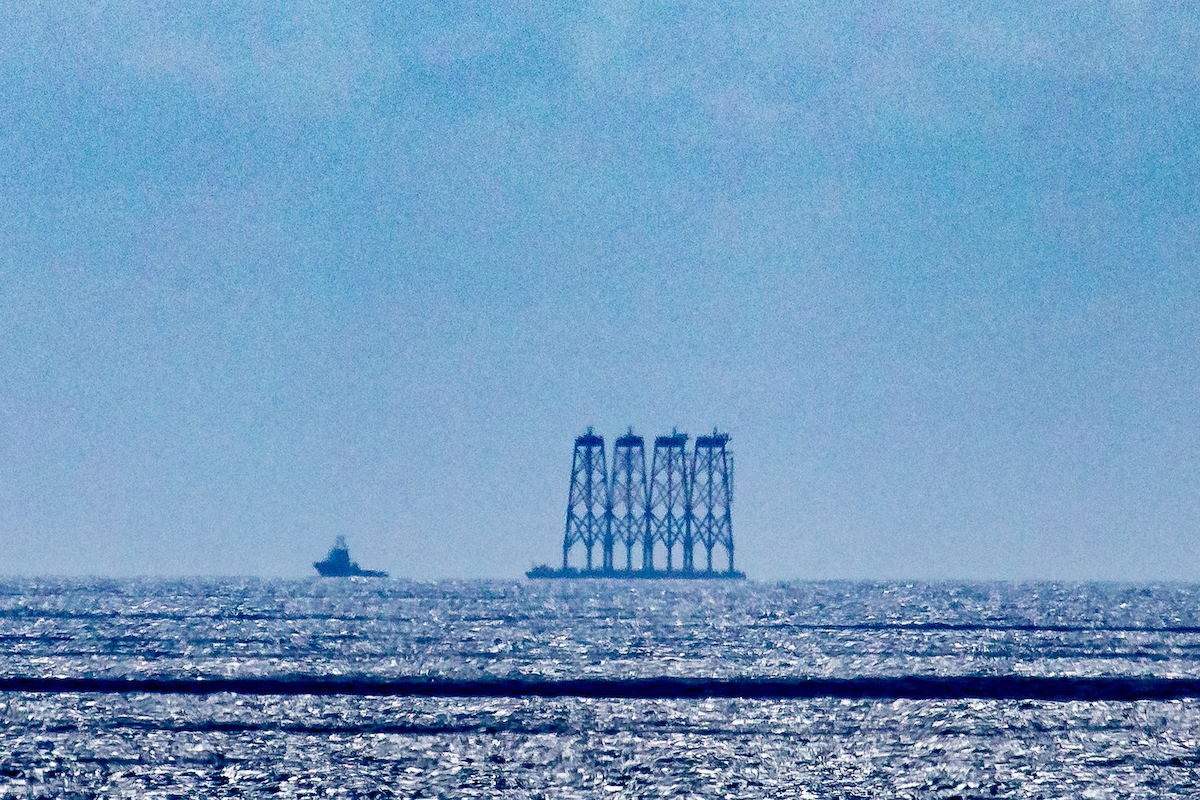
Pictured: Construction of a 500-megawatt wind farm north of St Brieuc has been clearly visible from Jersey this summer.
“It was tabled as a concept many years ago, but it didn’t really get traction. To be fair, it is pretty small scale and not a great use of resource, so we put that project on ice.
He added: “We were quite keen to push for joining the French project in 2015 and put that as a proposal to Government at the time but, for various reasons, we weren’t able to get that away.
“It is a complex project even in a single jurisdiction - to do it across two would have been immensely challenging.
“And, frankly, at that time, it would have required quite a significant subsidy. The power produced by St Brieuc [where the windfarm’s power will come ashore] has the benefit of a French government subsidy to the tune of 200m euros-per-megawatt-hour, which is three or four times what we are paying for power.
“That would have been the scale of the subsidy because of the economics of offshore wind at that time.”
However, Mr Ambler said that times had now changed.
“What is interesting now is that we’ve seen the cost of technologies falling.
"At the moment, it is still more expensive than imported power, but it is becoming really interesting, and we are accelerating our work to do more development in this area.
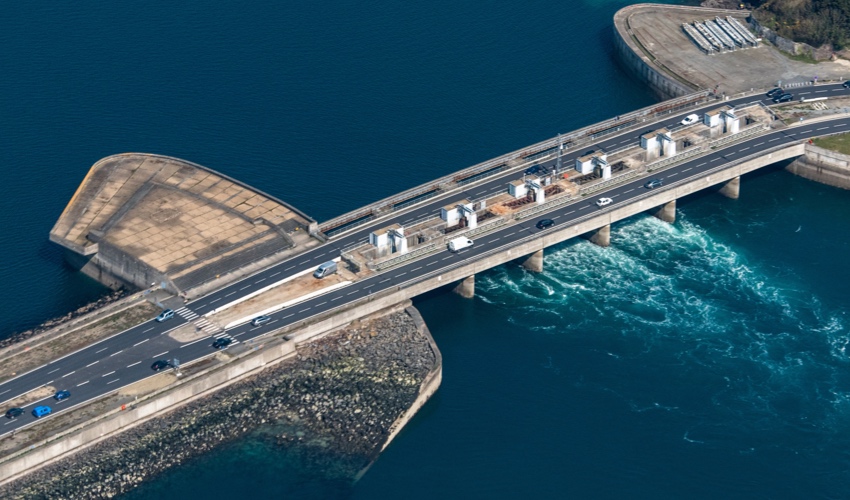
Pictured: A third of Jersey's imported electricity is produced by the Rance barrage. A similar system across St. Aubin's Bay has been suggested.
“In our view, of all the renewable technologies, offshore wind is by far the most significant opportunity for meaningful energy diversification in the medium term.
“If the island has ambition to be much more energy independent, offshore wind is the technology which has to feature.”
He added: “We have a significant opportunity with the new Government and a new Environment Minister who I think is very supportive.
“Off the back of the energy crisis, the Russian invasion of Ukraine and the French fishing issues, there is a real appetite in Jersey to push to become more energy-independent.
“We think offshore wind is the big opportunity to do that in a meaningful way.”
Asked why tidal power didn’t tick the same number of boxes, Mr Ambler said: “With tidal, you have tidal barrage and tidal flow technology, and both are in a very early stage. They are undeveloped, they require a lot of capital and there is quite a lot of risk associated with them.
“And in contrast to what some people might believe, it is not free energy. The fuel is free because tides go up and down twice a day, but how you access that energy and turn it into a form that can be distributed to consumers is incredibly costly.”
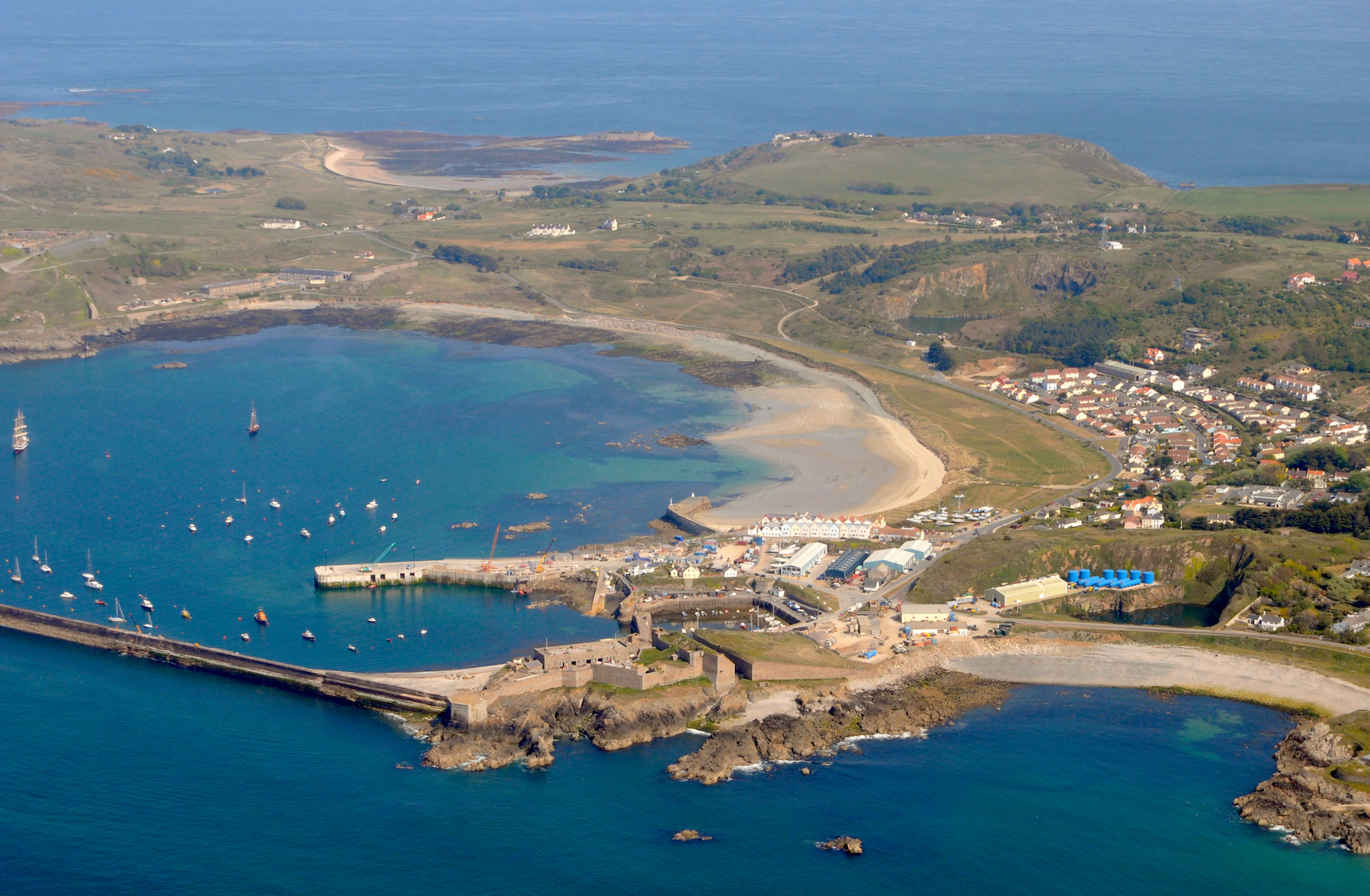
Pictured: The waters around Alderney, particularly the Race, are better suited to tidal power than Jersey's.
Explaining more, he said: “From the numbers we’ve run, we would have to increase prices by four or five times what we are currently charging in order to cover the costs of the development of tidal energy.
“Also, although clearly there is a lot of energy in the oceans, Jersey’s resource is not as attractive as other parts of the Channel Islands, such as the Alderney Race. The tidal flows there are much stronger and the topography of the seabed lends itself much better to the deployment of large-scale tidal.
“Having said that, we have been in discussions with developers about the potential to do a pilot in Jersey.
“We would love to crystalise a project that involves deploying a test turbine and offering the island as a smaller scale test for developers, but we are a long way from a viable technology which could produce all of the island’s requirements.
“We are probably 20 years or more away from commercially viable tidal. It would also require a lot of capital – billions of pounds – into a single project.”
Like wind power, tidal does feature in the BIP, including the potential for a tidal lagoon as well as tidal stream turbines.
Creating a lagoon across St. Aubin's Bay to harness the tidal flow there has been mooted in the past.
The relevant BIP policy says that full-scale offshore renewable energy generation will be supported when it can be demonstrated that the energy return is “proven to be in the island’s strategic interest delivering significant and long-term benefits to the community”.
Secondly, “the anticipated environmental impact of the development will be accepted, with anticipated effects mitigated as far as possible, and appropriately compensated for.”

Pictured: Jersey Electricity CEO Chris Ambler.
Returning to wind, Mr Ambler said that developing an offshore farm was an eight-to-10-year project so wouldn’t be delivered overnight.
He said: “We are really keen to work with Government on this.
"They have the rights to the seabed and given where we are, this is a strategic investment for the island and would require a huge inflow of capital.
“If we were to build the same size of development as St. Brieuc, it would cost £1.5 billion.
“There is a significant amount of analytical work that needs to be done by us first to properly understand if it is economically viable.
“We are saying that we think it is in the territory where it could be economically viable but we haven’t completed the full assessment to be sure.”
Comments
Comments on this story express the views of the commentator only, not Bailiwick Publishing. We are unable to guarantee the accuracy of any of those comments.